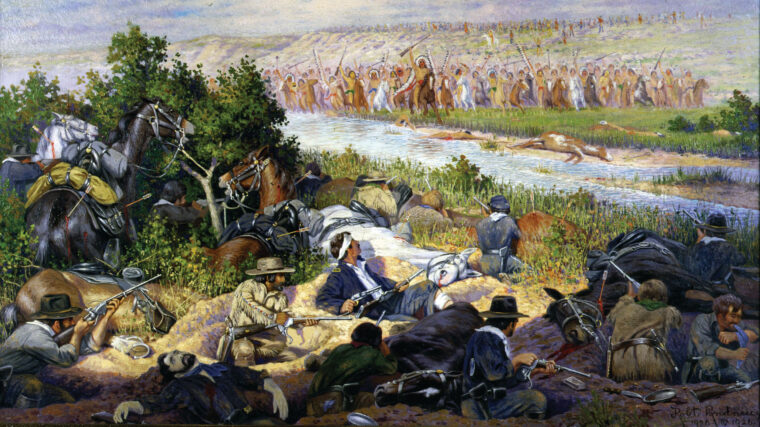
Desperate Stand at Beecher Island
By David A. Norris“Indians! Indians!” The staple warning from countless cliché-ridden dime novels was all too real at dawn of a Colorado morning in 1868. Read more

“Indians! Indians!” The staple warning from countless cliché-ridden dime novels was all too real at dawn of a Colorado morning in 1868. Read more
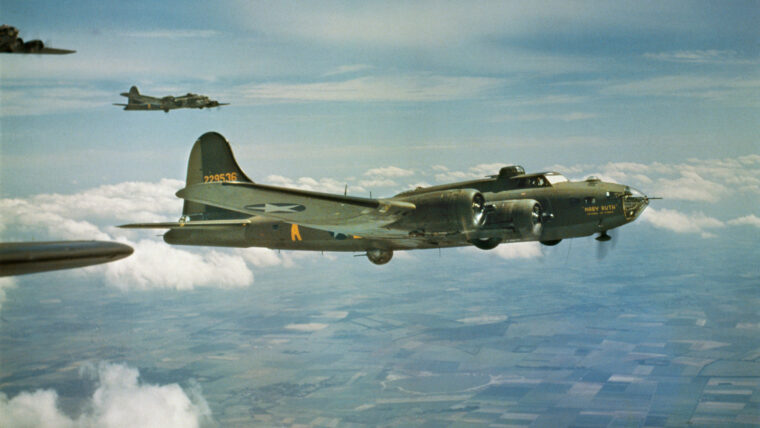
By Blaine Taylor
One query that was raised on the Allied side in 1942—two years before Operation Overlord—was if the cross-English Channel invasion of Northwest Europe via France was necessary at all in order to defeat the Third Reich. Read more
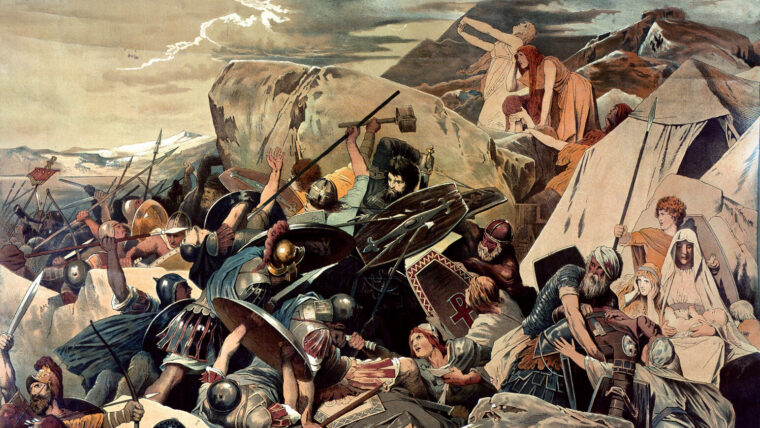
On January 18, ad 532, a 54-year-old eunuch by the name of Narses, described by Agathias, a contemporary chronicler, as “small in stature and of abnormal thinness,” entered alone into the Hippodrome of Constantinople carrying a bag of gold. Read more
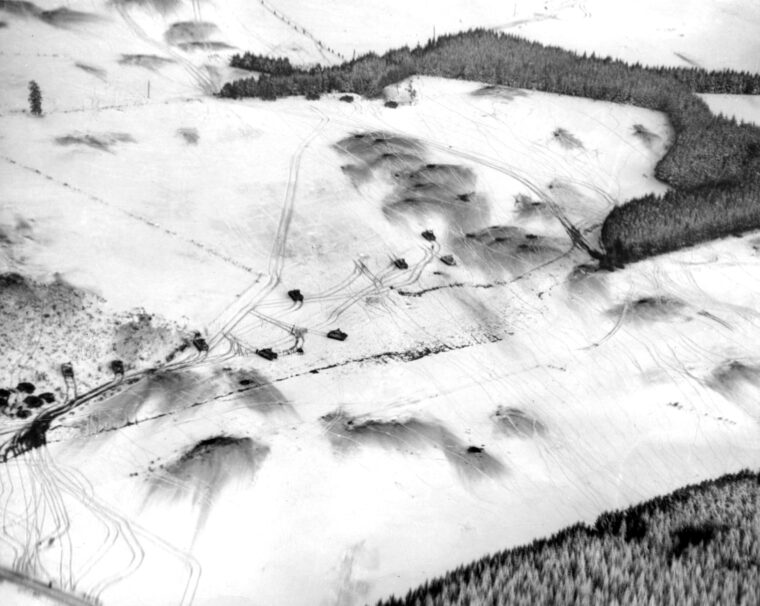
Nobody knew it in the 6th Armored Division’s 9th Armored Infantry Battalion, but the tide of the Battle of the Bulge had turned by the time the outfit moved into snow-covered fields and forests near Bastogne. Read more
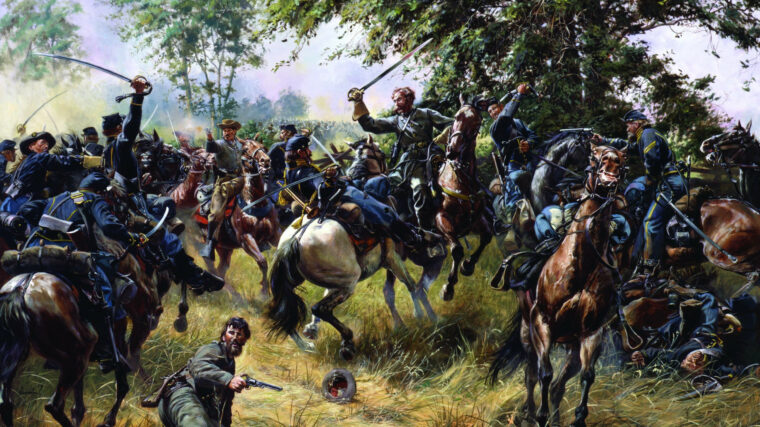
An angry gloom hung like dust over the 6,000 Confederate cavalrymen trooping up the York Turnpike in the early dawn of July 3, 1863. Read more
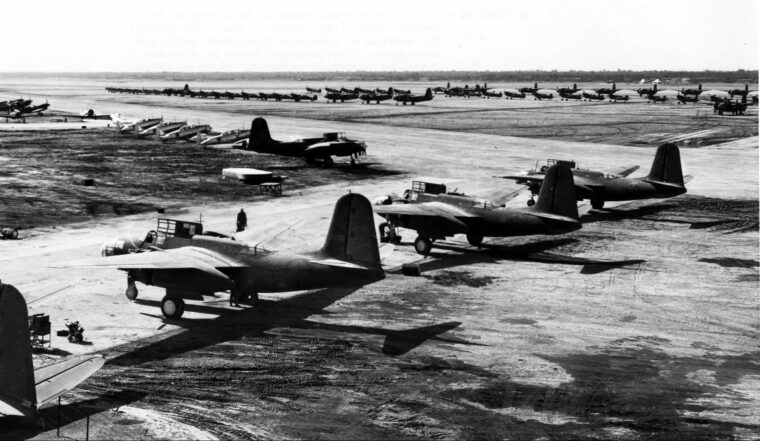
Following the apocalyptic initial phase of Operation Barbarossa starting on June 22, 1941, the Germans inflicted crippling losses on the Red Army Air Forces (VVS) and the Soviet Naval Air Forces (VVS-VMF). Read more
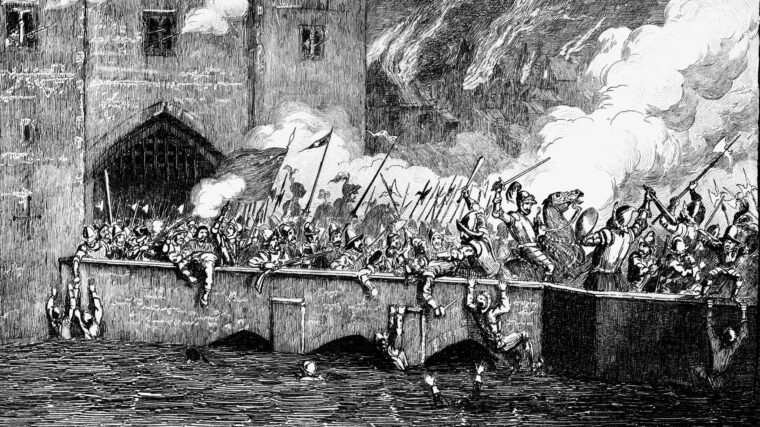
On a sweltering evening in early July 1553, the late King Henry VIII’s only legitimate son, the sickly 15-year-old Edward VI, died an agonizing death from tuberculosis, possibly complicated by measles. Read more
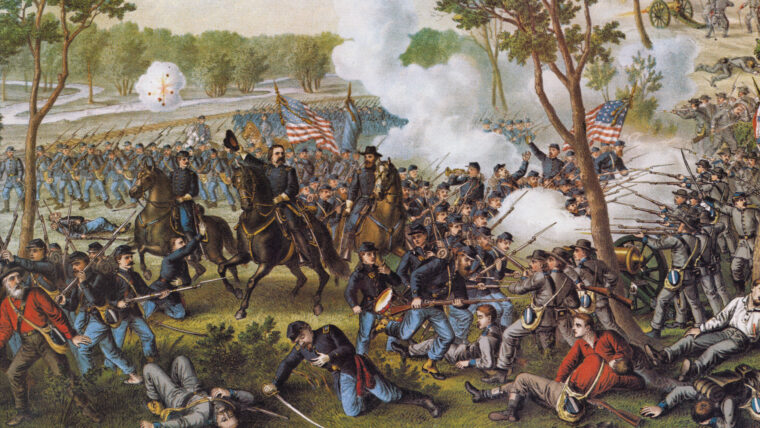
During the Civil War, the strategic importance of Vicksburg, Mississippi, was readily apparent to both the Union and the Confederacy. Read more
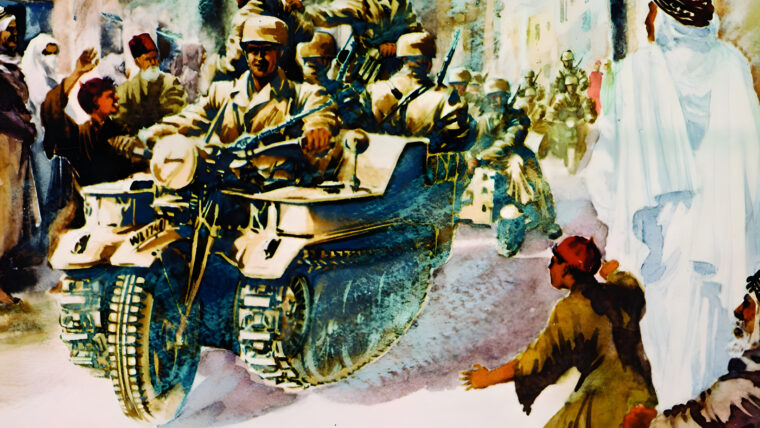
Aside from a number of prototypes and experimental vehicles, the Kettenkrad was one of the most unconventional vehicles built during World War II. Read more
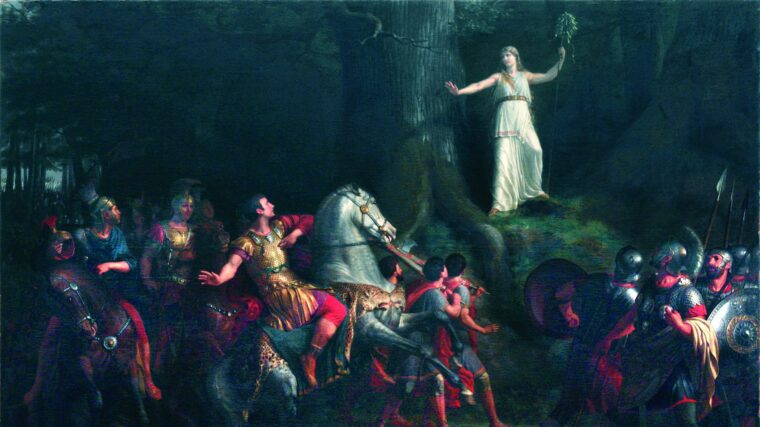
On a sultry summer night in 9 BC, 29-year-old commander of Augustus Caesar ’s army in Germania bolted upright in his cot, dripping with sweat. Read more
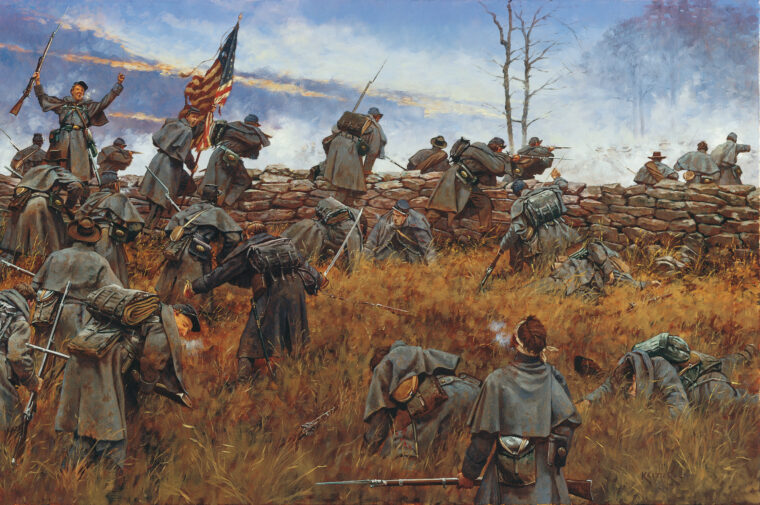
Sunday morning, March 23, 1862, was sunny and warm in Virginia’s Shenandoah Valley. Confederate general Thomas J. “Stonewall” Jackson, a devout Christian, did not like to fight on the Lord’s Day. Read more
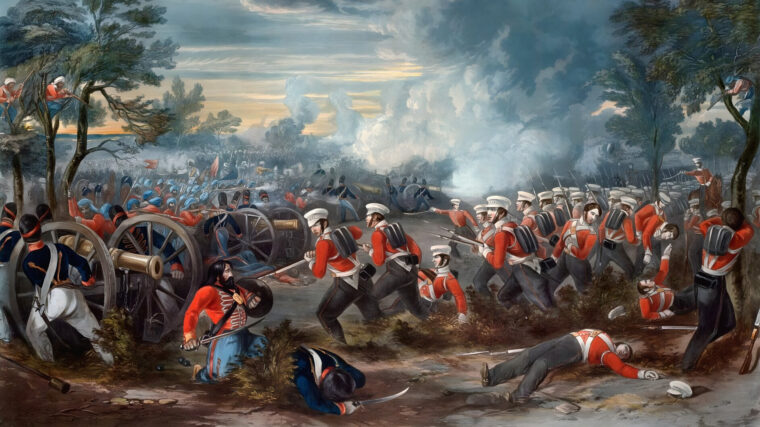
Maharaja Ranjit Singh, ruler of the Sikh empire in northern India, was dead. Under his intrepid leadership, starting in 1799, Afghan control over Punjab, or Five Rivers Land, was thrown off and the Sikh empire flourished over the next 40 years. Read more
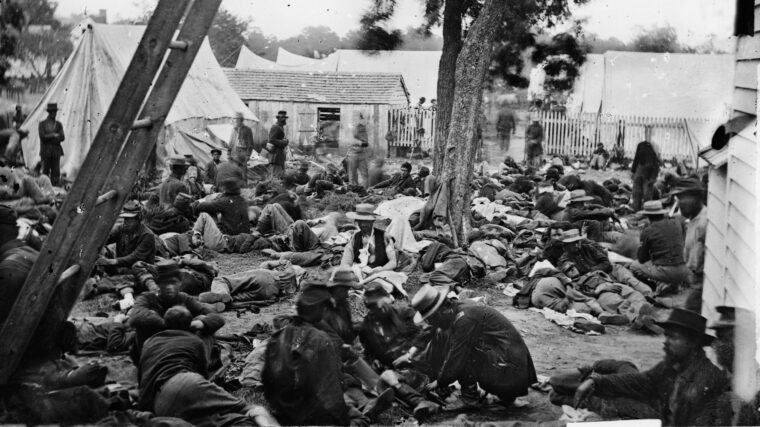
Safe behind its ocean barriers, the United States paid scant attention to the wars that raged abroad during the early 19th century, taking little notice of the lessons that might have been learned from the European experience with mass killing. Read more
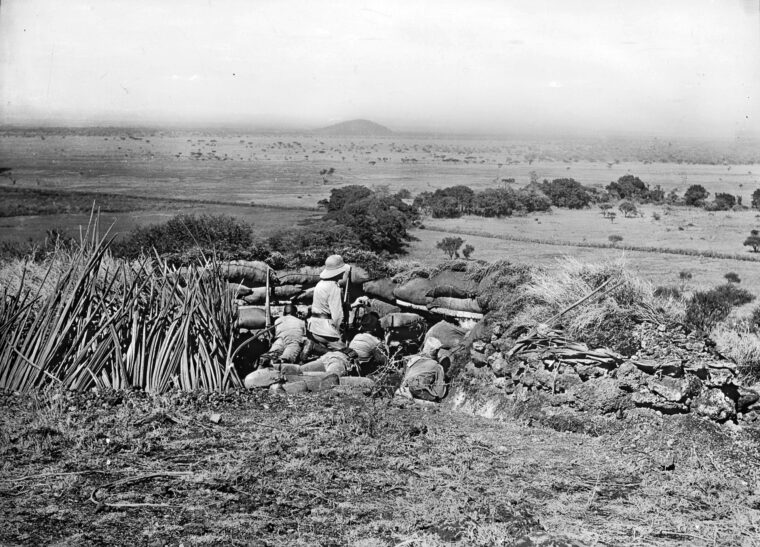
Just a few days after Britain and Germany declared war in August 1914, their territories in East Africa declared peace. Read more
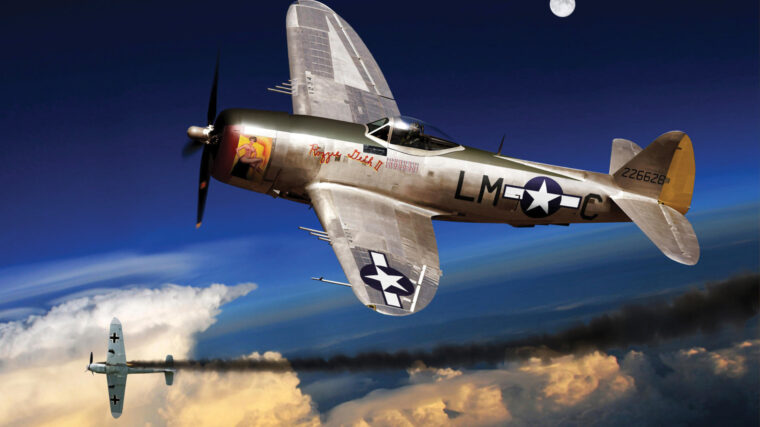
Losses were high and morale low when the U.S. Eighth Air Force intensified its heavy bomber missions over Nazi-occupied Europe in late 1942. Read more
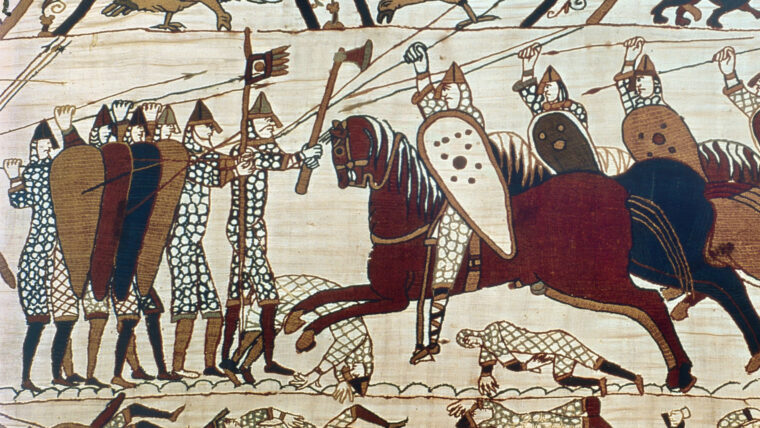
The shafted ax has been around since 6000 bc, in both peaceful and warlike uses. The so-called battle-ax cultures (3200 to 1800 bc) extended over much of northern Europe from the late Stone Age through the early Bronze Age. Read more
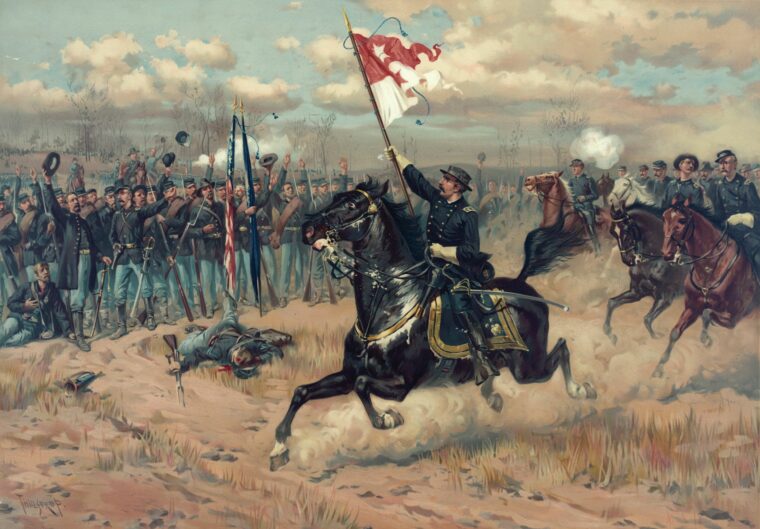
Phil Sheridan had a bad feeling. The bantam-sized Union general always trusted his instincts, and now, in mid-October 1864, those instincts were telling him that trouble was brewing back at the front, where his Army of the Shenandoah was encamped near Cedar Creek, Virginia, resting and relaxing after a busy few weeks burning civilian farms and slaughtering thousands of head of livestock from Staunton north to Woodstock. Read more
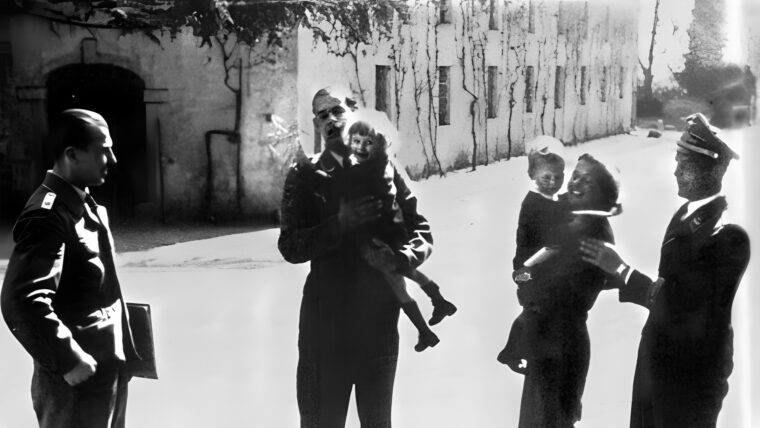
By the spring of 1943 the situation for Nazi Germany was becoming grave as military reverses in Russia and Africa sent the formerly unstoppable Wehrmacht reeling. Read more
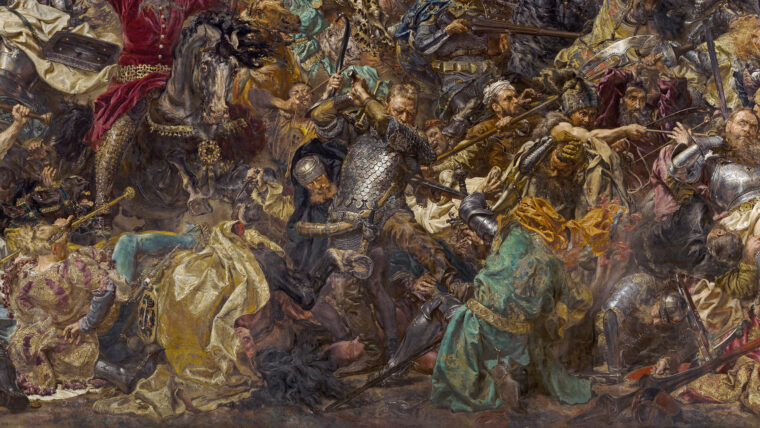
Jan Zizka belongs to the elite group of leaders who never lost a battle. He was born on or around 1360 in the village of Trocnov in the Kingdom of Bohemia. Read more
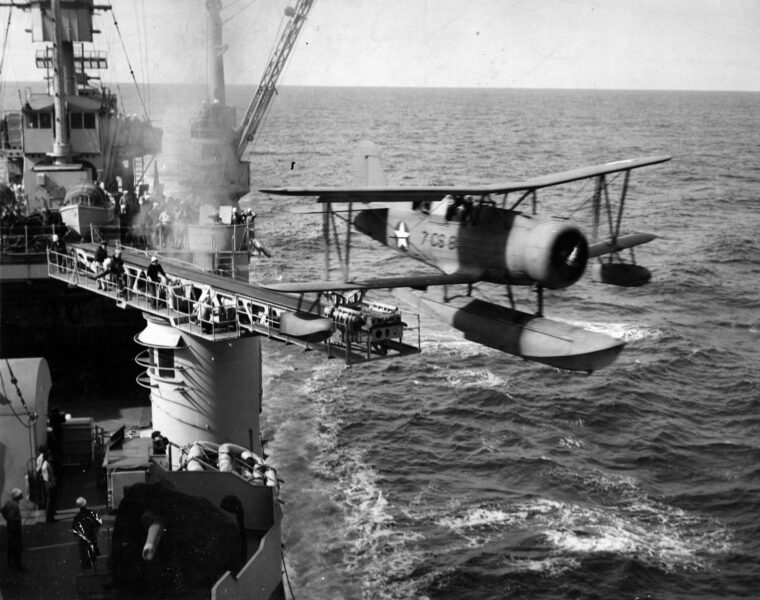
A thousand questions flashed through Lieutenant Cy Lewis’s mind as he spotted the pair of German Messerschmitt Me-109 fighters banking in to attack him. Read more